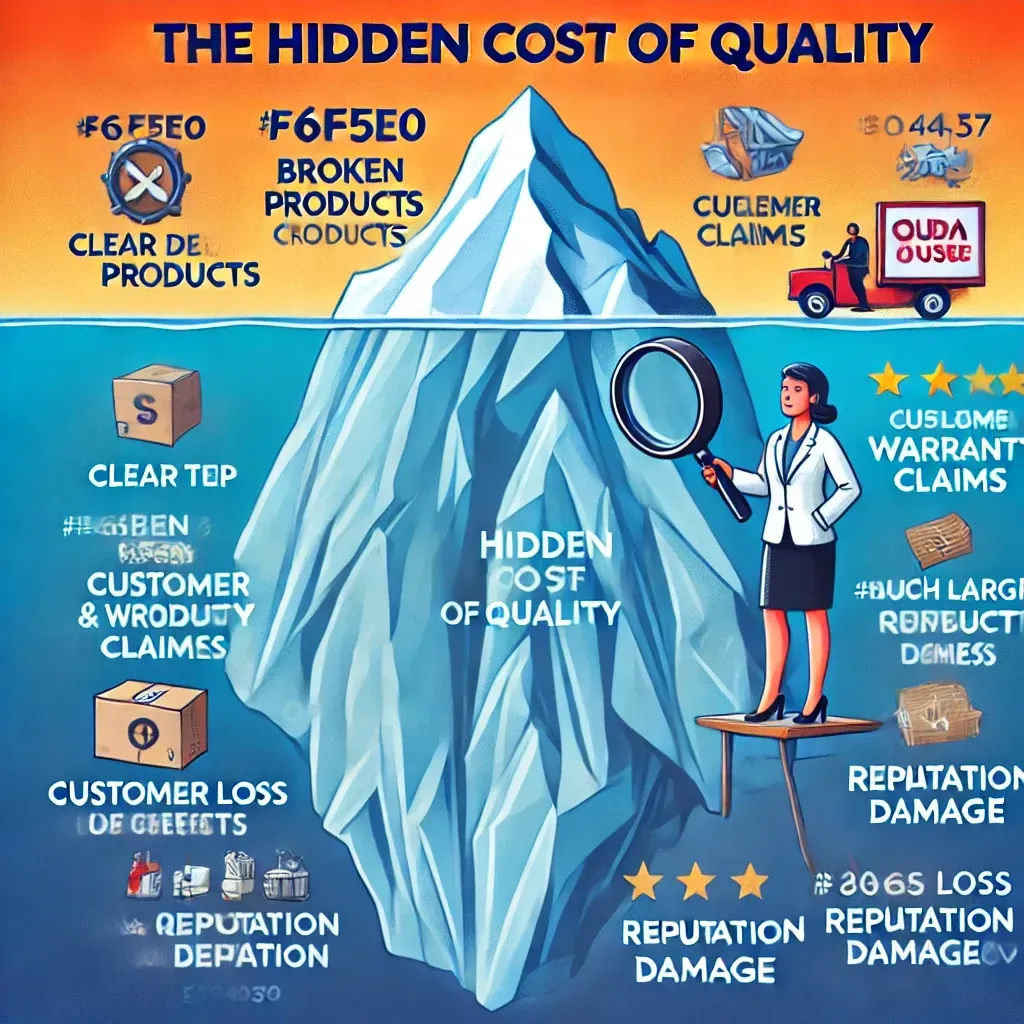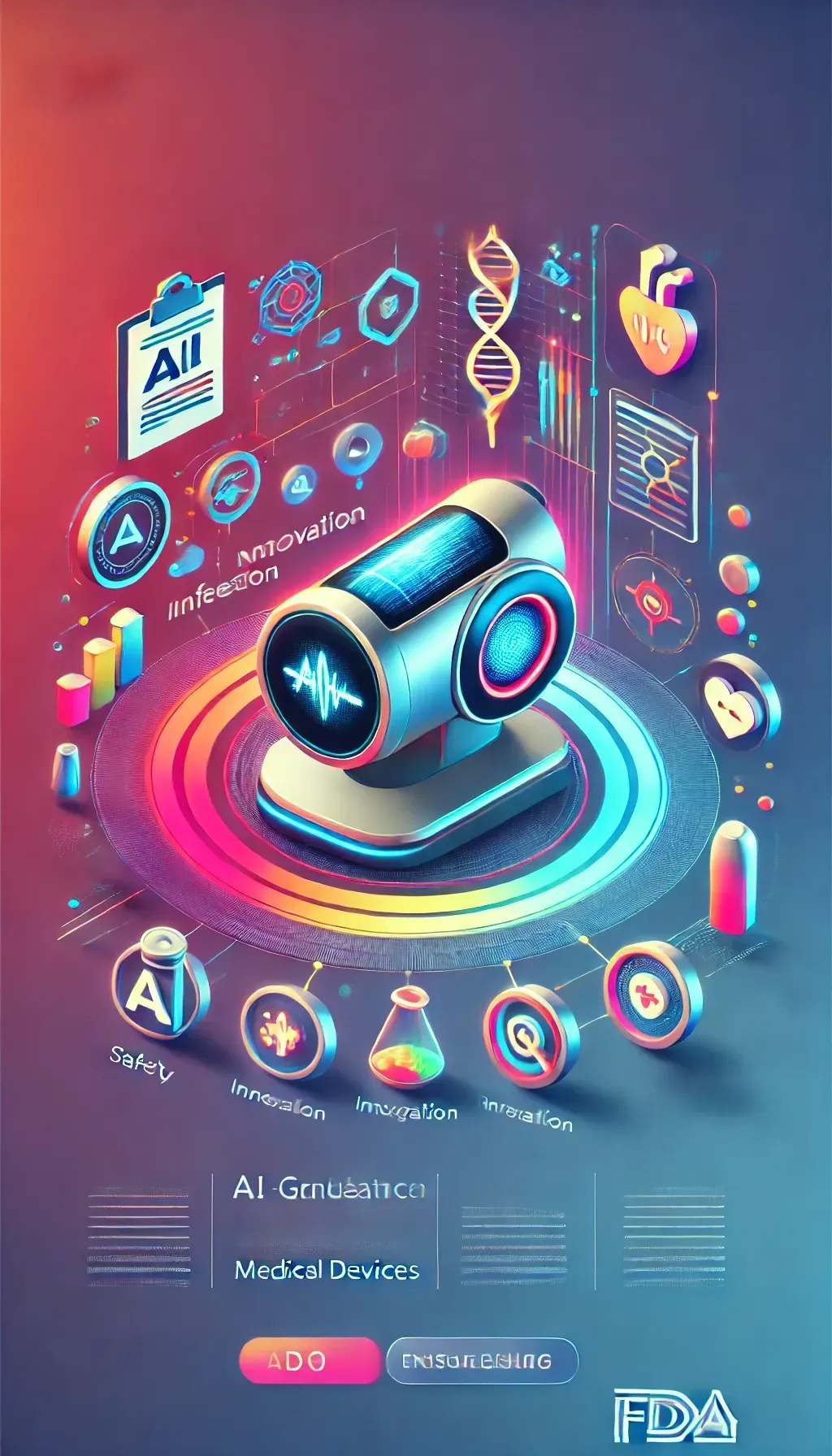Streamlining Receiving Inspection: A Comprehensive Guide to Enhancing Quality Control in Supply Chain Management
Introduction
Supply chain management's intricate dynamics revolve around multiple crucial aspects, among which conducting an efficient receiving inspection stands paramount. Recognized as the supply chain's first quality checkpoint, receiving inspection is an endeavor that demands meticulous attention to detail, strict adherence to established standards, and a steadfast application of best practices in quality inspection. This comprehensive guide aims to shed light on valuable insights and concrete strategies to improve receiving inspection, thereby setting the stage for a significant enhancement in the quality control of your business operations.
Section 1: The Crucial Role of Receiving Inspection
The receiving inspection, alternatively known as incoming goods inspection, forms the cornerstone of your organization's quality assurance protocol. This systematic approach seeks to inspect, verify, and document the condition of delivered goods, ensuring their compliance with predefined standards and specifications. It is a vigilant method that gauges the overall quality, quantity, and necessary documentation of the incoming goods, comparing these factors against the purchase orders.
Any lapses or overlooks at this stage can lead to severe quality issues in the subsequent production stages, highlighting the need for an ongoing drive for improvement in the receiving inspection process. Effectively carried out, the receiving inspection process can help nip potential issues in the bud, save resources, time, and preserve your organization's reputation by ensuring that only high-quality materials are used in your operations.
Section 2: Implementing Quality Inspection Best Practices
Striving for excellence in receiving inspection necessitates the harnessing of best practices in quality inspection. These are extensive and involve adopting a systematic approach, deploying advanced inspection tools, consistent training of personnel, and maintaining rigorous documentation.
Having a detailed, robust procedure for inspecting incoming goods is the very foundation of an effective inspection process. The procedure should encapsulate every single aspect of inspection - right from the moment the goods arrive at your facility to the point they receive approval for storage or use in production. A well-articulated procedure not only serves as a blueprint for inspectors but also ensures uniformity in inspection, thereby reducing the margin for errors and oversights.
Furthermore, the adoption of a comprehensive incoming goods inspection checklist can serve as an invaluable tool in the inspection process. This checklist offers a systematic guide for inspectors on what parameters to check, the manner of their checking, and the criteria that determine the acceptance or rejection of the goods. The checklist also aids in maintaining a clear, accurate record of inspection activities, which in turn facilitates traceability and guarantees adherence to quality compliance.
Section 3: Leveraging Technology for Inspection Enhancement
In this era of rapid technological advancement, numerous aspects of the receiving inspection process can be automated, leading to a more efficient and effective operation. Automation not only quickens the inspection process but also enhances accuracy and substantially reduces the risk of human error. Sophisticated inspection tools and machinery can detect flaws and discrepancies that may be missed by the human eye, ensuring that only the highest quality goods make their way into your production line.
Additionally, technology can also streamline the documentation process, thereby ensuring data integrity and facilitating data analysis. Digital solutions allow for real-time tracking, swift data retrieval, and simplified data management, thereby making the process more transparent and efficient. The resulting data analytics can further provide key insights for continuous process improvement.
Section 4: Prioritizing Training and Development
No process can achieve its potential without a competent team steering the wheel. Therefore, improving the receiving inspection process also involves investing in regular training and development programs for the inspectors. Such initiatives equip the inspectors with updated knowledge on inspection techniques, enhance their skills in detecting defects and non-compliances, and deepen their understanding of their role's critical nature.
Training should be tailored to address both the technological and process aspects of the job, ensuring that your team is well-versed in utilizing inspection tools and can adapt to any changes in inspection protocols.
Conclusion
In conclusion, the improvement of receiving inspection is an ongoing, holistic endeavor that calls for the right blend of effective processes, advanced tools, and a well-trained team. This requires the strategic application of best practices in quality inspection, detailed inspection procedures, and the adoption of technology for maximum benefit. By committing to this continuous improvement process, organizations stand to reap significant benefits, including the prevention of costly quality issues, enhanced customer satisfaction, and an overall elevation in operational efficiency and success.
References
- National Institute of Standards and Technology: NIST is a federal agency that develops and promotes measurement standards. They have resources related to quality control and supply chain management.
- Supply Chain Management Review: SCMR is a leading publication that provides high-level strategy and best practices for professionals in supply chain management.
- Institute for Supply Management: ISM is a leading supply chain management professional association. They provide education, research, publications, and certifications.
- Quality Magazine: Quality Magazine is a trade publication for quality assurance and process improvement professionals. They provide articles, case studies, and industry news.











